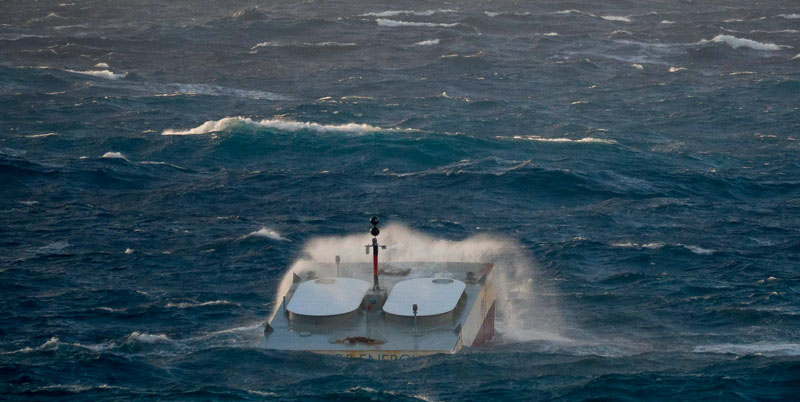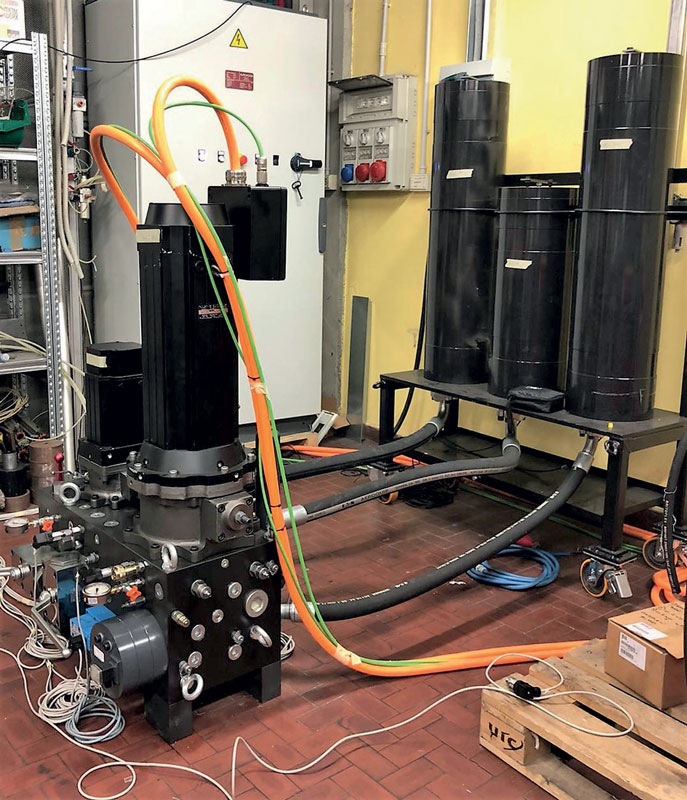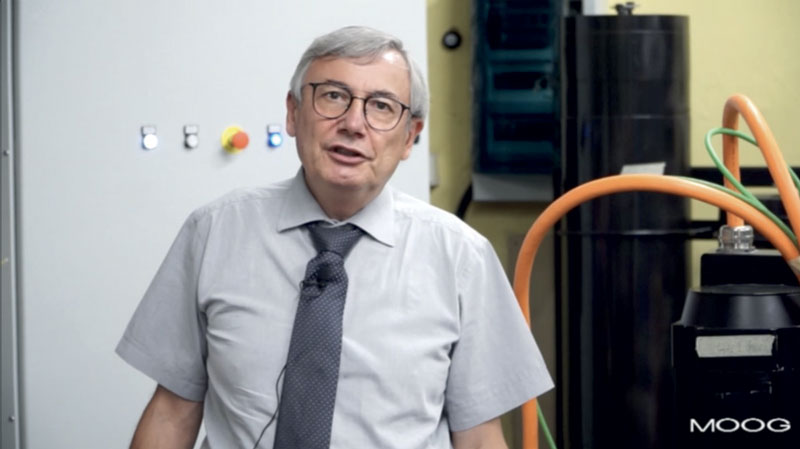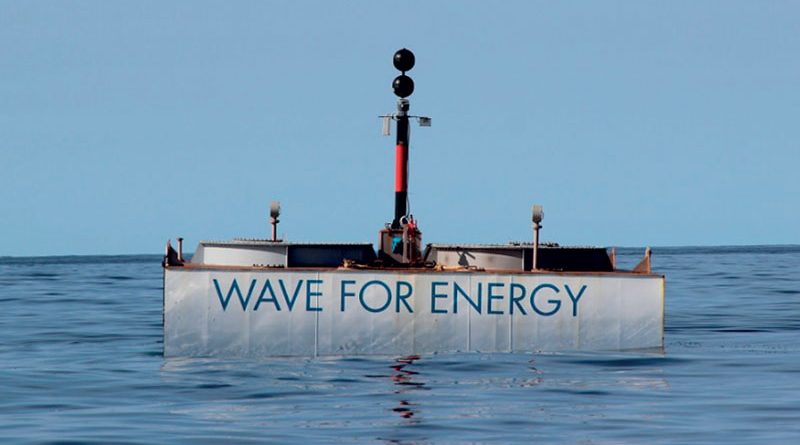A Successful Partnership Rides the Crest of the Wave
Moog’s Electro-Hydrostatic Motor-Pump Unit (EPU) is a key player in the innovative ISWEC (Inertial Sea Wave Energy Converter) project for the energy conversion of wave motion. The project was developed by Wave for Energy, a spin-off of Turin Politecnico. A partnership of excellence and an in-field demonstration of the great potential deriving from the application of the oil-embedded electrohydrostatic technology developed by Moog.
The Electro-Hydrostatic Motor-Pump Unit (EPU) is a key player in the innovative ISWEC (Inertial Sea Wave Energy Converter) project for the energy conversion of wave motion developed by Wave for Energy, a spin-off of Turin’s Politecnico. A partnership of excellence and an in-field demonstration of the great potential deriving from the application of the oil-embedded electrohydrostatic technology developed by Moog, in systems which manage high forces with great efficiency and reliability. But that is not all: it is, in fact, an important experience of sharing know-how and diversified skills between leading suppliers in the automation field and the academic world.

Producing renewable energy by means of wave motion conversion
The challenge stems from the ambitious idea of Turin’s Politecnico of developing a technology capable of producing renewable energy, by converting the motion of the waves of the Mediterranean Sea, with the aim of making it available for off-shore installations or feeding it into the electricity grid of coastal communities. “The extraction of energy from a system of this type needs great forces and low speeds,” Giovanni Bracco, Researcher, Department of Mechanical and Aerospace Engineering at PoliTO, explained. “This is the reason why we chose Moog’s oil-embedded electrohydrostatic transmission for the development of a Power Take Off (PTO) system, capable of converting the irregular motion of a shaft into stabilized electrical energy, with maximum efficiency and reliability.

The Moog-POLITO collaboration demonstrates on the field the great potential deriving from the application of the oil-embedded electrohydrostatic technology developed by Moog. 
Bruno Fazzari, Commercial Director of Moog Italia.
High performances, efficiency and reliability
The oil-embedded electro-hydrostatic technology by Moog allows to manage irregular power with the use of fewer components, ensuring a more efficient and reliable energy transmission with a much higher performance in terms of output than electromechanical power transmission.
“The solution provided by Moog – also used for the test and simulation system – consists of an 80 DC EPU at the input and a 19 DC EPU at the output – Bruno Fazzari, Sales Director of Moog Italia, said -; in the middle there is also a passive valve rectifier bridge to rectify the bidirectional flow generated by the primary EPU and a storage system to dampen power peaks”.
“The purpose of electrohydrostatic transmission – said Mauro Bonfanti, PhD student at PoliTO – is to manage the power generated by the hydroscope inside the system for wave energy generation. To optimise this process, it is necessary to straighten the bidirectional motion with a storage system capable, on one hand, of managing power peaks and, on the other, of extracting a cleaner and more manageable power supply for the downstream generator”. “The success of this important project – Fazzari concluded – represents for us a concrete demonstration of Moog’s potential in the field of automation and motion control. Customization has always been the keyword for all our products, services and solutions. Our strength is represented by our ability to intervene by providing highly customizable solutions from an engineering standpoint, able to overcome even the most complex challenges”.

